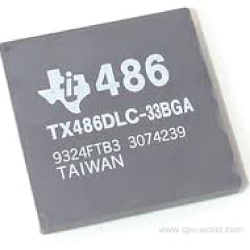General
Process BGA
Handling StencilQuik™
Method EZReball™
Method High Volume
Method Dry
Packaging Ceramic
Package Reballing Challenges
Optional
Services
The process of reballing ceramic or high temperature or solder-coated solder balls is slightly different than that of the plastic package reballing process. Due to the mass of the package, non-collapsing solder balls are used to “hold up” the weight due to the package mass. Typically, these solder balls are made from a higher than “normal” reflow temperature alloy. These solder balls are attached via tin-lead solder. Therefore, to attach these high temperature solder balls a method for selectively printing solder paste onto these pads is required for the proper reballing of these devices.
 Ceramic BGA
Ceramic BGA
There are a variety of methods used to selectively deposit solder paste to the underside of the component requiring reballing. These include miniature metal stencils, solder paste deposition and flexible removable stencils. BEST has developed the StikNPeel™ solder paste printing process for BGA/CSP reballing package type. The StikNPeel™ is placed over the pads of the ceramic BGA after cleaning. Solder paste is rolled into the apertures and then the solder balls are placed in these apertures using an EZReball™ reballing preform. This greatly simplifies placement and insures fewer reflow cycles and rework.
All BEST reballed components are immediately placed into ESD safe moisture barrier bags along with a fresh desiccant after reballing. A moisture strip is included as well inside of the packaging. The bag is properly marked with critical information such as date and time of packaging. These procedures ensure that the devices will be kept dry and properly protected until they are required for use. We follow the J-STD and JEDEC guidelines for packaging and have a documented process for MSD control of components.